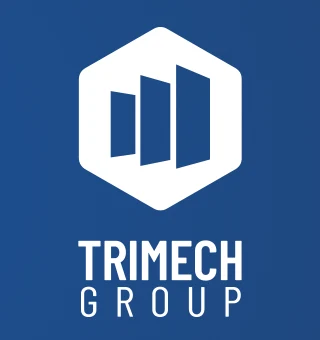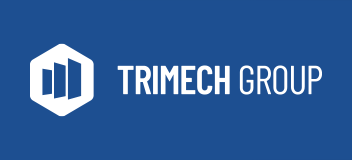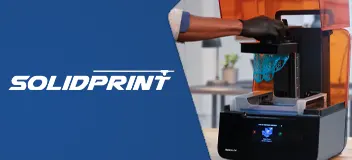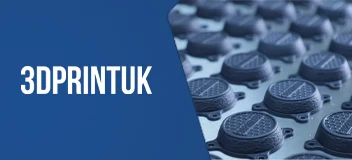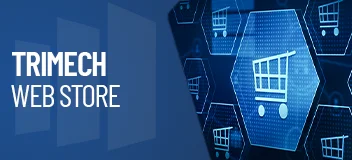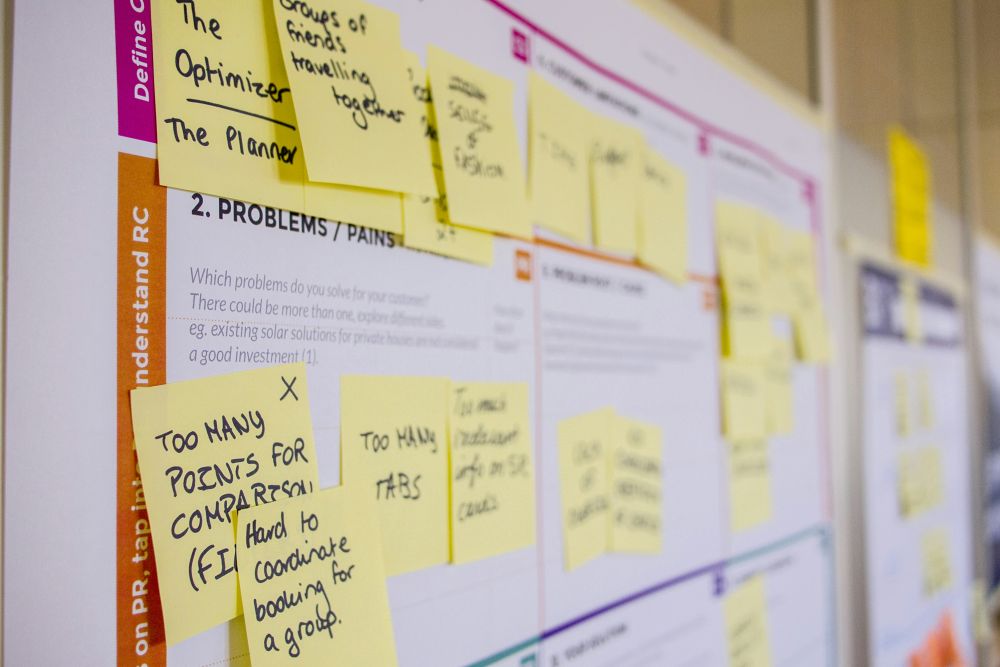Product Roadmap for Startups and Inventors
For startups and inventors, a product roadmap acts as a compass for a small team to reach their goals in fast-changing environments. It helps everyone understand where the product is headed and how to get there together.
This article explores the purpose and value of product roadmaps, who uses them, the main types, and includes a customizable template. It also shares some tips and tricks for startups and inventors on how to create an effective product roadmap.
Key Takeaways
- Product roadmap is the bridge between strategy and execution and evolves based on customer needs and market changes.
- Product roadmaps align and help teams focus on what matters most, avoiding feature creep.
- Feature-based roadmap has the highest detail level, followed by timeline-based and goal-based roadmap. Now/Next/Later roadmap is suitable for early-stage teams.
- Key components of a product roadmap: product vision, goal, features, milestones, dependencies, and resources.
- Challenges for creating product roadmaps: prioritization, flexibility, and alignment.
What is a Product Roadmap?
A product roadmap, sometimes also called a product plan, is a document that outlines the direction, priorities, and progress of a product over time. It acts as a bridge between strategy and execution and evolves based on customer needs and market changes.
Product Roadmap vs Product Strategy
- Product strategy defines why a product exists—its market position, customer problem, and competitive edge.
- A product roadmap outlines how and when that strategy will come to life via what product features and milestones.
Product Roadmap vs Product Backlog
- A product roadmap communicates the strategic goals of the product over time. Its audience may include executives, investors, and teams for alignment. A startup’s roadmap might state: “Launch MVP with core features by Q4” and “Expand integrations in Q1 next year.”
- Product backlog is a detailed list of everything the development team needs to build. The backlog will contain specific tasks like “Implement user login,” “Design dashboard UI,” or “Fix payment gateway bug”.
Product Roadmap vs Delivery Plan
- A delivery plan details the sequence, timing, and execution of tasks. It’s more rigid, focused on deadlines.
- A product roadmap is a more strategic tool that helps prioritize work, and teams decide what and what not to pursue.
Why Startups and Inventors Need a Product Roadmap
Startups and inventors often work with high uncertainty and limited resources, while a product roadmap helps keep focus on essential customer value and not just features, which enables prioritizing limited resources.
At the same time, it aligns and motivates team members. Engineers and designers aren’t just implementers — they are creators, problem-solvers, and innovators. A product roadmap with shared goals helps them understand the why behind features, not just the what. In addition to that, the roadmap:
- Prepare them for upcoming projects by allocating time for R&D, testing, or usability studies
- Coordinate design and technical dependencies early
- Identify risks and technical constraints proactively
For inventors, a roadmap also prevents ideas from dispersing in different directions and ensures that innovation efforts are aligned with a clear outcome. As inventors learn more and gather feedback, the roadmap can be updated to reflect new information or changes in direction.
When do Startups and Inventors Use a Product Roadmap?
Once a startup has built a minimum viable product (MVP) or validated its core idea with early users – moving beyond the initial idea or prototyping stage, a roadmap becomes essential for planning the next steps, setting priorities, and aligning the team on what to build next.
When inventors plan to commercialize their inventions, a roadmap will help as it outlines key steps such as prototyping, testing, refining, and launching, making the invention process more manageable.
Internal Usage
A product roadmap is more than just a to-to list for team members – it’s a blueprint for:
- Product managers to prioritize features, align stakeholders, and communicate timeline.
- Engineers to understand technical requirements, plan sprints, and allocate resources.
- Designers to time workflows with product milestones and ensure UX consistency.
- Executives to align strategic goals with product deliverables.
- Marketing and sales to prepare go-to-market strategies.
External Usage
Product Roadmaps also serve as execution plans to external partners:
- Investors to evaluate vision and potential, forecast ROI.
- Accelerators and incubators to guide mentorship and support.
- Advisory boards to offer strategic input and align their expertise.
- Customers or early adopters to understand upcoming features and engage with feedback.
- Other partners such as suppliers or channel partners to plan collaboration and evaluate if product direction complements their own roadmap.
The Importance of a Product Roadmap for the Product Development Process
During the product development process, it’s easy to get sidetracked. Without a roadmap, development efforts can become disjointed and inefficient.
A product roadmap:
- Provides milestones to hit and progress to track – what’s being built and when, what’s coming next and why.
- Helps teams focus on what matters most, avoiding feature creep.
- Ensures everyone is on the same page and helps detect misalignment.
- Connects product features to user needs and feedback loops.
Main Types of Product Roadmaps for Startups
Different types of roadmaps serve different purposes. Common types include:
Timeline-based Roadmap
This roadmap is easy to manage expectations, with features or milestones mapped to specific dates or timeframes.
Its target audience include:
- Investors to show delivery schedule
- Internal team for planning and tracking
- Partners relying on deadlines
However, since this type of roadmap includes fixed deadlines, it can create added pressure if timelines shift and tends to be less flexible, especially for early-stage startups.
Now-Next-Later Roadmap
This one has no time commitments and is best for early-stage startups and agile teams. It divides work into broad buckets with what’s happening now, what’s next, and what’s coming later.
While being flexible and simple, this roadmap might be too vague for investors.
Feature-based Roadmap
As the name suggests, it lists specific features and when they’ll be built or releases. Its audience can include both internal teams such as engineers and designers (to estimate effort and scope), sales and marketing (to create GTM strategy), as well as B2B customers who need feature guarantees to sync their own implementation.
This type of roadmap is easy to tie to customer requests and supports sales conversations, but it can become too granular and less ideal for strategic planning. When catering for customers, avoid overpromising and give detailed timelines to key customers only.
Theme-based Roadmap (Goal-oriented)
This roadmap groups major themes or goals, such as improve onboarding, monetize free users and thus is best for internal product teams as well as advisors and accelerators to provide expertise support.
While it helps design and engineering teams align on goals rather than features, it’s less precise for time-based planning.
Choosing the Right Product Roadmap
| Type | Best For Audience | Detail Level | Time Specific |
|---|---|---|---|
| Timeline-based | Investors, Partners | Medium | Yes |
| Now/Next/Later | Early-stage teams | Low | No |
| Feature-based | Internal teams, B2B Customers | High | Optional |
| Theme-based (Goal-oriented) | Product teams, Advisors | Medium | Optional |
How to Structure a Product Roadmap
Key components of a product roadmap include:
- Product vision: What problem are you solving and for whom?
- Goal: What’s the key objective?
- Features: What you’re building or improving?
- Milestones: Key deliverables. E.g. MVP launch, user testing, beta release, regulatory approval.
- Dependencies: Technical or design requirements tied to other teams or projects.
- Resources: Team members, tools, and capacity available.
However, as mentioned, the focus of the roadmap differentiates based on the audience:
Structure for development team roadmap:
For development team, it needs to focus on execution details, priorities, dependencies, timelines so that engineers get clarity on what, when, and why for sprint planning, backlog grooming, and delivery.
- Product vision and key objectives, e.g. improve retention by 20%.
- Group features into initiatives, e.g. onboarding design.
- Detailed features under each initiative to guide engineering work.
- Phases: agile-friendly buckets, e.g. Now/Next/Later, or Q1 core features.
- Dependencies: Who’s responsible for what?
Structure for investor roadmap:
For investors, it needs to focus on vision alignment, business milestones, scalability and returns as investors need reassurance that the product roadmap is strategic, outcome-focused, and connected to growth.
- High-level goals: Focus on outcomes as high-level goals and strategic themes such as revenue milestones.
- Market context: sizing, positing, differentiation narrative.
- Major milestones: timelines for public releases, beta launches, key feature drops – use broader buckets, e.g. H1, next 12 months, show adaptability but remain accountable.
- Feature: Tie each feature/theme with expected impact and measurable outcomes, e.g., “Beta release → acquire 100 users by Q3,” or “Integrate payments → increase MRR by 10%”.
- Risk plan: key risks and contingency steps.
- Growth plan: If aligned with funding stage, indicate potential exit, scale, or M&A moves.
Overcoming the Top 3 Challenges of Creating Product Roadmaps
For more mature companies, product roadmaps usually focus on scaling and optimization, being more predictable and structured. However, roadmaps for startups and inventors need to focus on finding product-market fit, and survival, thus being experimental and iterative, prioritize learning.
Challenge 1: Prioritization
Determining what matters most is difficult. As startups and inventors usually have limited funding and small teams, there might be some trade-offs between features and budget.
Use prioritization framework like RICE (Reach, Impact, Confidence, Effort) or MoSCoW (Must/Should/Could/Won’t). These framework help filter and justify what goes on your roadmap.
Tie features to user value. Prioritize features that solve real customer pain points. Back it with data—early user feedback, interviews, or pilot studies—to show you’re building what matters.
Challenge 2: Flexibility
Balancing flexibility with delivering on-time goals can be tricky.
View the roadmap as a statement of intent, not a promise. Focus on outcomes and organize by high-level objectives, not by detailed features. Too much specificity at an early stage can hurt agility as startups and inventors are often working with unvalidated ideas.
Time-box work in quarters or Now/Next/Later buckets, adding detail only when outcomes are near (<30 days).
Check in weekly with engineering leads, and quarterly with wider stakeholders to revisit roadmap direction. A roadmap provides structure but can be updated regularly to reflect new learnings, customer feedback, market shifts, or funding changes. Incorporate sprint reviews, retrospectives, and customer feedback to adjust scope, priorities, and timing.
Challenge 3: Alignment
Product managers push feature-driven outcomes, designers prioritize user experience, and engineers worry about technical feasibility. Disconnect among teams can lead to delays, rework, and frustration.
To avoid this situation, involve cross-functional teams early, hold regular design reviews, discovery sessions, and technical discussions to maintain shared understanding. When defining objectives, set common ones and talk through how features support the goals.
Use parallel tracks so that designers and engineers work side-by-side on early prototypes and feasibility, not sequentially.
FAQs
What comes before a product roadmap?
Before creating a product roadmap, you are clear about what you’re building, why it matters, and who it’s for. A product strategy should come first as it defines how the product will win in the market. The roadmap follows as a translation of that strategy into actionable plans.
Who owns a product roadmap?
The Product Manager is typically the owner of the product roadmap. They are responsible for ensuring that it reflects the right problems to solve and the value to deliver.
However, a successful roadmap is not built in isolation — it’s shaped by the whole product team, led by the PM. It requires cross-functional collaboration:
- Engineers: input on technical feasibility, effort estimation, risks, and system dependencies.
- Designers: ensure user-centricity in feature prioritization with work including UX research, design timelines, and user validation needs.
- Marketing & Sales: create go-to-market plans, communicate feature value to customers.
What Should You Prioritize on a Product Roadmap?
Only include items that support objectives and key results and use a prioritization framework:
- RICE: Quantify each feature’s Reach, Impact, and Confidence, divided by Effort.
- MoSCoW: Categorize features as Must have (core to MVP), Should have (important but deferrable), Could have (nice extras), Won’t have (out of scope for now).
- Value vs Effort: High value/low effort = quick wins; Low value/high effort = avoid.
Conclusion
For startups and inventors, a product roadmap isn’t just a nice-to-have—it’s strategically necessary. It’s how you connect your vision to execution, align your team, and gain trust from partners and investors.
If you’re building a physical invention and considering outsourcing your product development projects to a team with expertise and experience, contact TriMech Design and talk to our experts.
Product Design Experts related to this content:
Michael Panganiban, Mechanical Engineer
Michael Panganiban is a Licensed Professional Engineer in Ontario and has over a decade multi-industry experience in leadership, process design, and maintenance.
Wade Harmidy, Manager, Product Development
Wade Harmidy is an experienced operations and project management professional with over 10 years in manufacturing and pharmaceutical sectors
